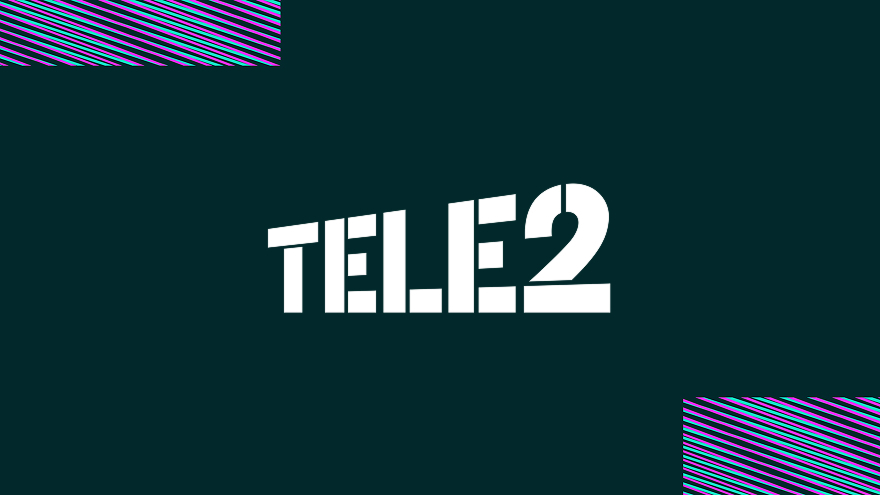Podcast
Solving old problems with cutting-edge tech: The future of digital transformation
In this Veriff Voices episode, Chris Hooper and Dr. Leda Glyptis explore digital transformation in financial services, highlighting the importance of people over technology, the role of digital identity, regulatory impacts, and the balance between security and customer experience. They also discuss legacy system challenges and share a vision for the future of digital identity.

Digital transformation often feels like solving an ancient puzzle with brand-new pieces. On the one hand, businesses strive to adapt rapidly evolving technology to stay relevant. On the other hand, they face timeless challenges, operational inefficiencies, risk management gaps, cost containment struggles, and enduring human bottlenecks.
Nowhere is this tension more pronounced than in the identity space, where innovation, regulation, creativity, and human behavior collide. The stakes are high, the challenges are many, and the solutions, though increasingly advanced, require decision-makers to strike a delicate balance between protection and usability.
Why old problems endure
Even as technology evolves, some fundamental dilemmas remain remarkably constant. Businesses across industries face questions like:
- How do we ensure operational efficiency without overwhelming our teams?
- How do we implement robust security protocols without creating undue friction for customers or employees?
- How do we manage risk in environments that grow more complex by the day?
Technology, no matter how cutting-edge, doesn’t erase these problems. Instead, it often reframes them. For instance, digital identity, a critical area in financial services and beyond, creates opportunities to simplify processes like customer onboarding and fraud prevention. Yet, those opportunities also come with layers of complexity.
That complexity isn’t just technical; it’s deeply human. Decision-makers aren’t only grappling with what’s technically possible, they’re navigating questions of ethics, regulation, and user experience.

Discover the human element of digital transformation
Discover insights you don’t want to miss.
Digital identity: Where innovation meets complexity
The digital identity space exemplifies how rapidly advancing technology intersects with intricate societal realities. Reusable digital identity solutions, integrated biometrics, and advanced fraud detection tools now make it theoretically possible to create secure, seamless identity systems.
But theory and practice often collide.
Consider these challenges:
Balancing security and friction
Customers expect frictionless experiences, but shortcuts in security can lead to devastating fraud incidents. For example, while an app that grants instant access to accounts might delight users at first, theft scenarios like stolen or cloned devices highlight the need for additional authentication layers.
The threat of deepfakes
Deepfakes and other AI-generated manipulations introduce new vulnerabilities to identity verification processes. Imagine a system that recognizes faces but struggles to differentiate between a legitimate user and a realistic digital forgery. Technology may offer solutions, but what are the ethical trade-offs in requiring increasingly invasive forms of verification?
Global contexts and regulatory barriers
Regulations differ widely across markets, complicating efforts to create globally consistent identity solutions. Some countries mandate extensive data collection, while others discourage it to preserve personal freedoms. A bank operating across these jurisdictions must balance compliance requirements with minimizing unnecessary risks and inefficiencies.
This inherently human aspect of digital identity is perhaps its most complex. The regulatory guardrails, societal values, and collective trust underpinning these systems shape their success or failure.

A decision-maker’s role in the identity space
For leaders inside large organizations, the identity space can feel overwhelming. The fear of making the wrong decision often results in delays or fragmented approaches. But here’s the thing, decision-makers don’t have to invent the technology themselves. That’s not their role.
The tools already exist, often built to a high standard by experts who dedicate their careers to solving these problems. The real question for leaders is how to deploy those tools effectively within their organizations.
This involves:
1. Evaluating needs clearly
Before implementing any solutions, organizations must identify their specific pain points. Is fraud prevention the top priority? Is user experience suffering due to cumbersome onboarding processes? Leaders should focus on outcomes instead of shiny new features.
2. Balancing protection and usability
The most sophisticated solutions can’t solve everything. Adding too many security layers may alienate users, while prioritizing convenience over safety can lead to trust erosion. Decision-makers must ask, “Where is the line between protection and encumbrance for our users?”
3. Retiring legacy systems
One of the hardest but most important steps is decommissioning outdated processes or systems that no longer serve your objectives. Holding onto redundant technology often creates security gaps, operational inefficiencies, and regulatory risks.
4. Engaging early with compliance teams
It’s all too common for compliance to be an afterthought. Engaging early with risk managers and regulation experts prevents costly mistakes, like system builds that fail to account for key edge cases or emerging legal requirements.
5. Leaning into industry collaboration
Global frameworks for digital identity may not yet exist, but collaboration across industries and regions could help define best practices. Whether it’s through adopting interoperable standards or actively participating in regulatory discussions, businesses have an opportunity to shape the future of identity on a foundational level.

Societal impacts of digital identity
Digital identity is far more than a technical construct—it is a social force shaping inclusion, privacy, and ethics in the digital age. How we design and govern identity systems has lasting implications for how societies function, who gets access, and what freedoms are preserved.
Empowering marginalized communities
A robust, government-issued digital identity can open doors for people who have historically been excluded from formal systems. For disenfranchised individuals, access to digital identity means access to financial tools, healthcare, and public services. This inclusion does not just benefit individuals; it strengthens entire sectors by bringing them into the formal economy, creating ripple effects of empowerment and opportunity.
Safeguarding privacy
At the same time, digital identity must be built with respect for privacy. Systems that collect only the data necessary for authentication can reduce the risk of overexposure. European countries such as Norway have demonstrated that it is possible to implement minimal, secure, and effective digital identity schemes while safeguarding individual privacy. These examples highlight the balance between functionality and restraint, ensuring that protection of personal rights remains central.
Navigating ethical minefields
Yet, the very technologies that enable secure identification can also create avenues for surveillance. Biometric profiling, real-time emotional recognition, and similar advancements raise pressing ethical questions. At what point does security cross into intrusion? Policymakers and technology leaders must tread carefully, balancing collective safety against the preservation of individual freedoms.
A mirror of the digital future
Ultimately, digital identity is not just an operational challenge; it is a reflection of how society navigates the digital future. The way we approach access, privacy, and ethics in identity systems offers a glimpse into the broader choices we face as technology continues to reshape our world.

The harder question
Many of the technical barriers in digital identity are solved, or close to it. Yet, this doesn’t make the decision-making process any easier. How should businesses utilize the “art of the recently possible”? Should the focus fall on expanding capabilities or adhering to established principles?
Striking the right balance between innovation and restraint is harder than implementing any single piece of technology. The role of decision-makers is to frame these questions in the context of their organizations’ needs while weighing their societal responsibilities.
Closing thoughts
Digital identity sits at the intersection of cutting-edge technology and deeply entrenched societal questions. Leaders stepping into this space must think beyond the technology itself to answer broader questions about ethics, protection, accessibility, and trust.
Fortunately, much of the foundational work is done. The tools exist, and those tasked with implementing them don’t need to invent the wheel; they just need to determine where and how to roll it.
This is not simple work, but it’s essential. Within the delicate balance of usability and protection lies an opportunity, not just to solve old problems in new ways but to build a future where digital identity empowers individuals and safeguards societies.














